In a break from form the thinking behind this post is not to tell a story but to let you know an insiders view of the ins and outs of orangutan conservation. Shamelessly, photos of orangutans and the forest will accompany this post, as much to remind me as well as you what this is all about, though they played no part in the week I have just had. I have just spent three days in Jakarta (capital of Indonesia on the island of Java). Myself, Togu the head of Yayorin and Iman, the Team Leader of the Belantikan Conservation Programme (a joint Orangutan Foundation – Yayorin project) flew there on Tuesday, had meetings on Wednesday and Thursday and we flew back to Borneo on Friday. No one begs forgiveness for the air miles/carbon emissions more than us!
The meetings centred on a proposal submitted by the Foundation and Flora and Fauna International (FFI) to the US Agency for International Development (USAID). Day One was dominated by the need to prepare a work plan, “pipe line” expenditure, and Terms of Reference for new employees. Thursday, was the face to face meeting with USAID’s contractor, and friday we flew home. The meetings were intense, bureaucratic and purely administrative. Jakarta’s infamous traffic jams were as bad as ever and our hotel was – putting it mildly – awful. So, was it worth it?
Yes.
To save huge tracts of forest requires huge investment. Arguing for the conservation of forest that spans provincial boundaries adds a political dimension, and talking of carbon sequestration/reduced greenhouse gas emissions immediately puts everything into an international context. Our proposal is not complicated; entitled simply “Landscape-based Conservation of Orangutans between Central and West Kalimantan” it aims to bring together and improve conservation initiatives already underway in West Kalimantan (by FFI) and us, in Central Kalimantan. It represents what we have long believed in – NGOs collaborating, not competing – and the pragmatic acceptance that logging operations exist but are not fatal unless the logging concession is subsequently converted to palm oil.
Simple idea and, if I say so myself, the right idea; but now to jump through the hurdles.
Yayorin’s presence was an imperative. As the Indonesian conservation organisation who will do the implementing in Central Kalimantan, they had to be involved all the way. Quite rightly, most of the discussion took place in Indonesian, though trying to translate legalese such as “The recipient may request a waiver of the Marking Plan or of the marking requirements of this provision, in whole or in part, for each program, project, activity, public communication or commodity, or, in exceptional circumstances, for a region or country” was a struggle!
So what was the outcome?
Wildlife Direct is needed, perhaps more than ever. (Fingers crossed) We’ll get the grant. This will expand the range of our joint operations and put more conservation flags on the map. USAID and other big donors are great at providing the training opportunities and supplying the satellite images and computing hardware to analyse them, and we are the first to say thank you for that. But simple things like rucksacks for the guys’ backs, new uniforms and, indeed, anything actually for orangutans themselves falls way outside of “Locally financed procurements must be covered by source and nationality waivers as set forth in 22 CFR 228, Subpart F, except as provided for in mandatory standard provision”.
I am not being cynical. The point is we are trying to do this from top to bottom but always with an eye for what is really happening in the forest. Without a lot of committed people, such as yourselves, being passionate about orangutan conservation, we would not even be talking to USAID or the European Union. But that is only part of the story.
The other part is the nitty-gritty like the fire beaters you so generously sponsored. If we are going to be successful we need to be active and effective at every level, especially at the grass roots, on the front line. Thank you for keeping us there.












































































